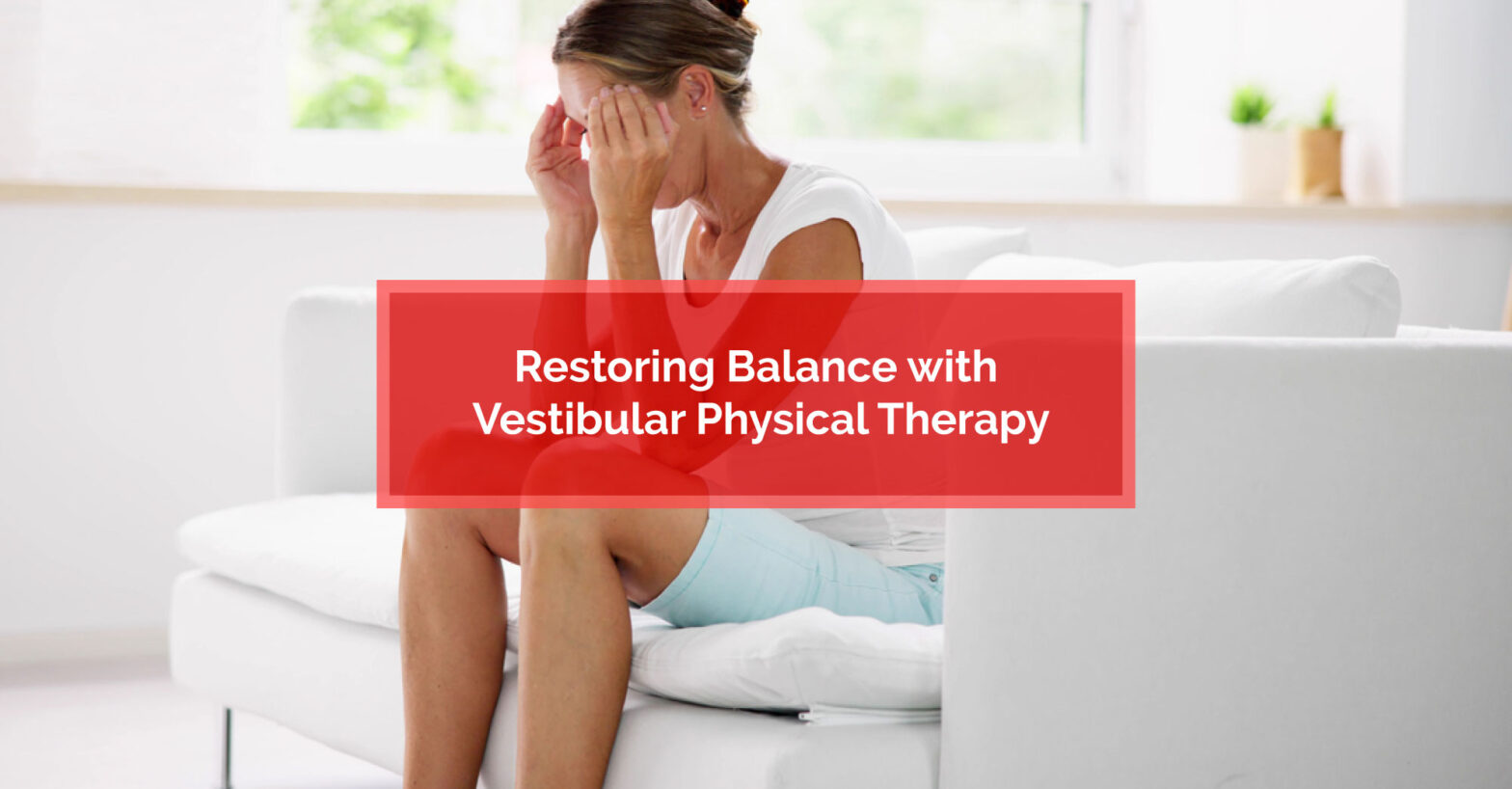Osteoarthritis Treatments: What You Need to Know...
Key Highlights: Osteoarthritis treatments focus on pain relief, restoring joint…
Read More
Posted by Dr. Scott Wilson | 22-Mar-2017
Golf requires a combination of flexibility, joint stability, balance and power. High-velocity movements during the swing phase of a drive can place a significant amount of stress on the muscles, joints, and intervertebral discs.
Injuries can occur that keep golfers off the playing field and negatively impact their performance over time. Getting back on the golf course requires stretches and exercises that restore muscle balance and improve efficiency of movement.
The following are 3 stretches you need to do before getting back on the greens. Using these stretches will ensure that you restore function and prevent future injuries.
Hip flexor stretch
The hip flexor muscles include the rectus femoris, iliopsoas, and the sartorius muscles. Postural dysfunctions through the hips can negatively impact a wide range of movements including those used in golf.
How to perform the hip flexor stretch:
Trunk rotation
Trunk rotation is likely the most important movement related to golf. This movement consists of the coordination of large and small muscles including the internal and external obliques and the multifidus muscles.
Stretching the trunk rotators is a good way to maintain muscle balance and range of motion. To stretch these muscles:
Hamstring stretch
The hamstrings are another important muscle group in golf and in a wide range of other sports. They extend the hips and flex the knees while also working with the quadricep muscles to stabilize the knees and pelvis.
Tight hamstrings can cause the pelvis to remain in a posterior tilt position. This reduces the curvature of the lumbar spine and can lead to compensations, muscle imbalances, and faulty movement patterns.
To stretch the hamstrings, perform the following steps:
Warming up
Stretching should be preceded by a brief warm up. Light activity allows you to increase blood circulation and relax the tissues.
Your physiotherapist can recommend the duration and number of repetitions to perform each stretch based on your unique needs.
Using these 3 stretches will help you get back on the greens as soon as possible. You’ll be able to perform better and reduce the risk of future injuries. More importantly, you’ll maintain the muscle balance needed for all of your daily activities and long-term health.

Key Highlights: Osteoarthritis treatments focus on pain relief, restoring joint…
Read More
Key Highlights: Runner's knee, or patellofemoral pain syndrome, is a…
Read More
Key Highlights: Upper back and neck pain can be caused…
Read More
Key Highlights: Many people want to lose belly fat for…
Read More
Key Highlights: Vestibular physical therapy, or physiotherapy, is a specialized…
Read More
Key Highlights: Tennis elbow, or lateral epicondylitis, is a condition…
Read More